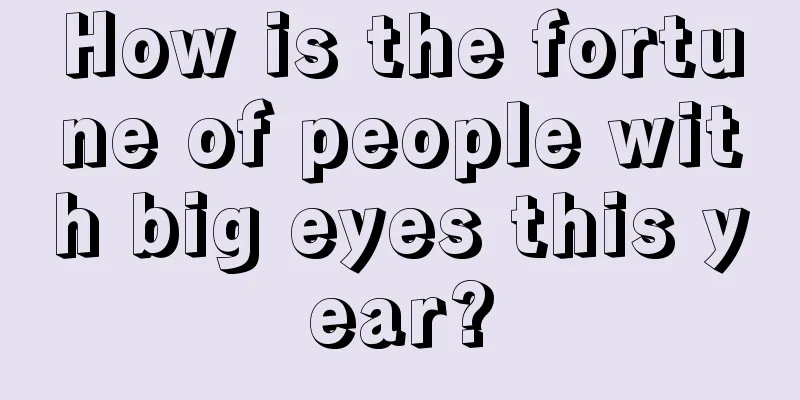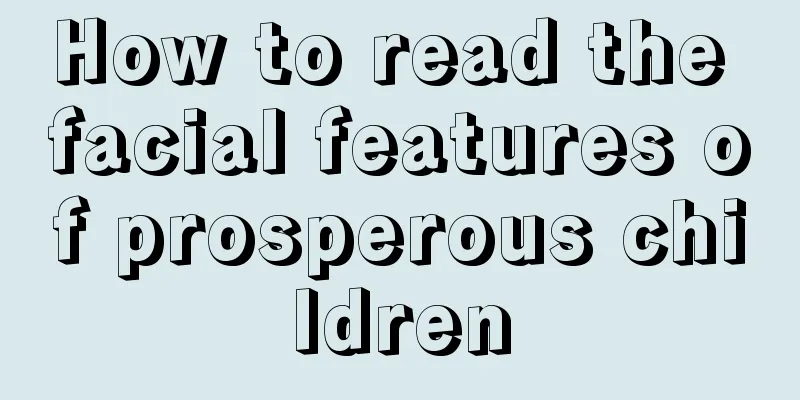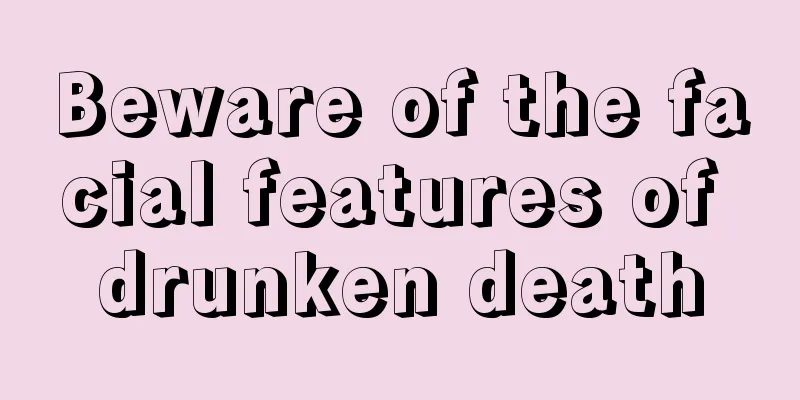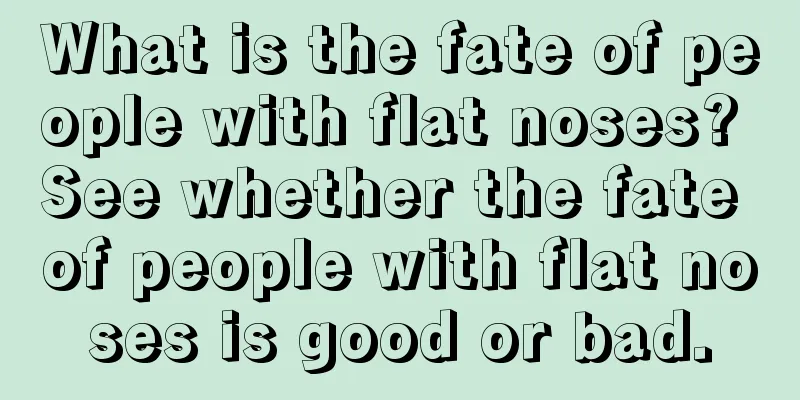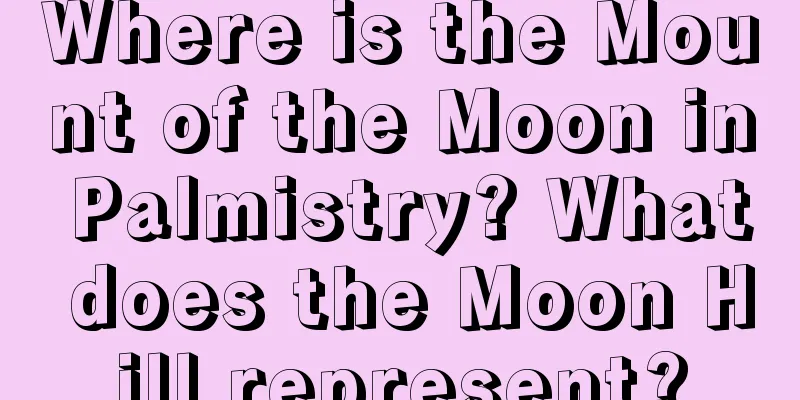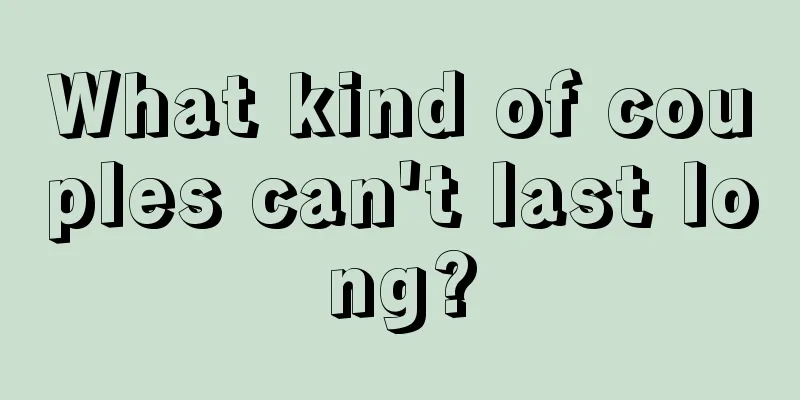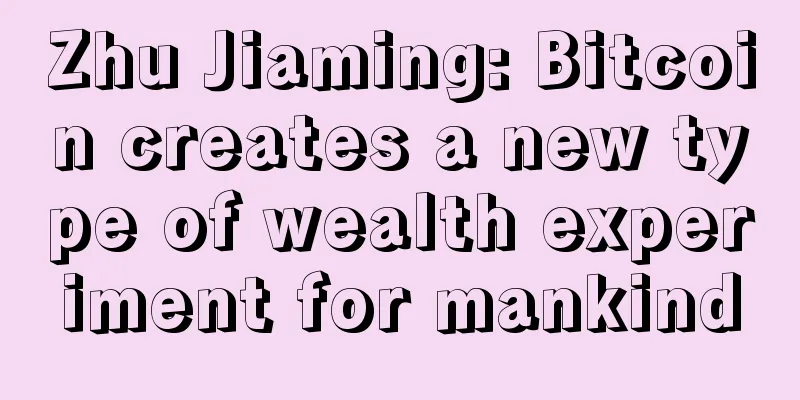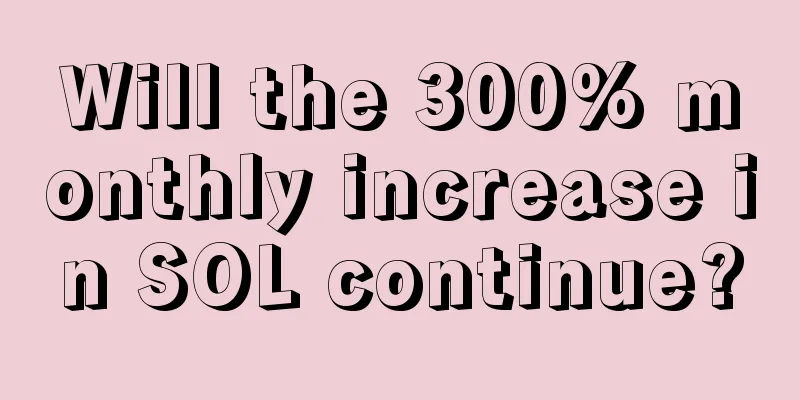What are the facial features of people who love to lie?
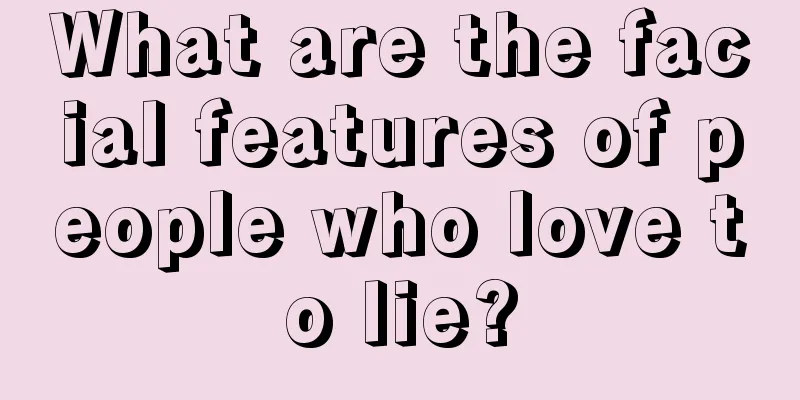
|
Scene 1: A driver is reprimanded by a traffic policeman for violating traffic rules. In order to avoid making things worse, he often puts on a fake smile and behaves obediently. Scene 2: A couple is sulking at home, and a distinguished guest comes to visit. The couple immediately pretends nothing has happened and greets the guest with smiles. Through the description of the above two scenes, we know that in social life, people often use facial expressions as a mask to cover up and disguise their true thoughts and feelings. A person's facial expressions can tell the truth or lies, and often both at the same time. So how do we recognize whether the other party is lying in interpersonal communication? We mainly observe the following points: 1. Eye contact Many people have had this experience when they were young: when their mother caught them lying, she would often say: If you are not lying, look into your mother's eyes. From this we can see that eyes are the easiest way to reveal people's true feelings. (1) Sight direction The direction of eye gaze or line of sight can reflect a person's mood and intentions. Squinting eyes are considered a common sign of lying. For example, a husband has something on his mind and does not want his wife to know, but suddenly one day, his wife asks him: What stupid thing have you done that you still want to get away with it? As the husband feels guilty and dares not look his wife in the eye, he looks around timidly and talks about other things. Seeing her husband's guilty expression, the wife became more certain of her guess and kept asking him questions, until finally the husband had to confess. When the eyes are squinting, it is often believed that there is a secret that one does not want to show to others. The sidelong glance is due to the psychological effect of not wanting others to see through one's true intentions. Because they feel uneasy about lying, they try to collect as much information as possible around them in order to divert the anxiety or regain a sense of security. Avoiding the other person's gaze often means that one does not want the other person to see through one's own psychological activities, or one feels guilty, shy, or disgusted or rejected. To glance at someone secretly and not want to be noticed is the same as saying: I dare not look you in the face, but I can't help but want to look at you. Unsteady eyes or looking around often occur when one is feeling unstable or dishonest. When it comes to lie detection, people are most concerned about facing the truth. People are always suspicious of those who dare not face themselves, thinking that they must have something to hide. Lying itself will put the liar in a state of tension, and meeting the other person's eyes and seeing the other person's suspicious and inquiring eyes will cause the psychological tension to increase. Therefore, the liar will instinctively avoid eye contact with the other person to reduce the level of tension. The above is all about the facial features of people who love to lie. If you want to read more information about physiognomy, search for "Dream Interpreter's Fortune Telling Website Xiong Zhanghao" and follow and reply to "physiognomy" to get answers for free. |
<<: Judging a person's personality from the fruits they like to eat
>>: What is Danfengyan? What is the personality of people with Danfengyan?
Recommend
Is it good to have a prominent cheekbone?
Nowadays, pointed cone faces are popular in socie...
What kind of man looks sloppy?
Click to enter more face reading and fortune tell...
First blockchain-based market index goes live
Brave New Coin (BNC), a data and research company...
What does it mean if a girl has a mole on her right palm?
Physiognomy also includes palmistry. The characte...
Litecoin leads the market, what does this signal?
Author | Hashipi Analysis Team...
Hong Kong competes to become the global virtual asset trading center to accelerate the globalization of the country's digital economy
[Editor's Note] The Hong Kong Special Adminis...
A woman with sunken eyes
Eyes are important organs for communication betwe...
What are the types of forehead wrinkles in facial analysis?
What are the types of forehead wrinkles in facial...
The facial features of people who always beat around the bush when speaking
Sometimes, the way some people speak is very plea...
What kind of people are not suitable for stock trading?
What kind of people are not suitable for stock tr...
How to read the palm of a rich woman
Whether a woman is rich can be seen from her palm...
Is it good for a woman to have a long career line?
Now there is a new explanation for women's ca...
Judging from the nose which people are likely to get rich
1. Greek nose brings wealth The Greek nose is a r...
How to read palm lines and health
Our palm lines can still reveal our fortune, but ...
What details of your face indicate whether you will have good luck recently?
What details of your face indicate whether you wi...
